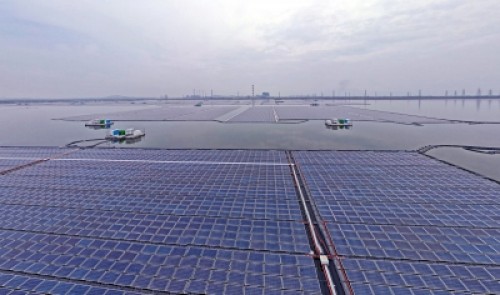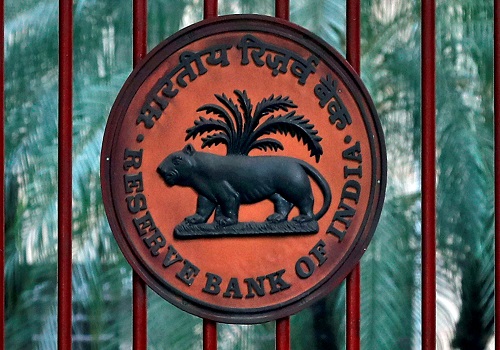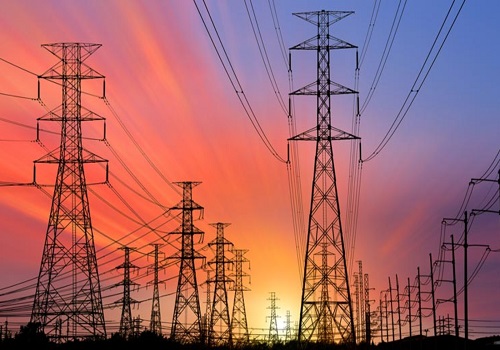India's energy transition: Spike in solar, decline in coal

Follow us Now on Telegram ! Get daily 10 - 12 important updates on Business, Finance and Investment. Join our Telegram Channel
With India being the fastest-growing region for electricity consumption, it largely remains reliant on coal-based generation.
Energy economists and experts believe the new draft national electricity policy (NEP) has significant increase in installed solar power capacity plan by 2027, 2030, and a downward revision of installed coal capacity when compared to Central Electricity Authority's Optimal Generation Capacity Mix report.
The revisions seem to exceed commitments made by Prime Minister Narendra Modi at the COP26 climate summit in Glasgow last year.
According to India's updated nationally determined contributions (NDCs), India aims to increase its total share of installed non-fossil capacity to 50 per cent by 2030.
However, according to the draft electricity plan, India would have 57 per cent non-fossil capacity by 2027 and 68 per cent by 2032.
Compared to the previous electricity plan of 2018, India was expected to have 150GW of installed solar capacity by 2027. The new draft electricity plan, released last week, increases this target by an additional 36GW to 186GW by 2027.
According to Ember's Electricity Data Explorer, India's renewable energy capacity has grown at an average growth rate of 19 per cent annually between 2016 and 2021.
India increased its installed solar capacity by an average growth rate of 47 per cent annually between 2016 and 2021. Compared to double digit growth in solar power capacity expansion, wind power saw a single digit growth rate of seven per cent during this period.
Although India has seen a double digit increase in its renewable energy capacity increase in recent years, India has not been able to meet its 2022 target of 175GW of installed renewable capacity.
Its current installed solar and wind capacity stands at 90GW.
Responding to the new electricity draft, Shruti Sharma, Senior Policy Advisor with IISD's Energy program, said: "The NEP shows the targeted retirement of coal power plants from 2017 to 2022 has not achieved, and as a result, ambition has been slightly reduced for the next five years. This is an important challenge to resolve, so that ambition can increase again.
"Retiring uneconomic coal power can generate large financial benefits, while helping to meet sustainability objectives.
"This year's NEP shows a slight increase in the anticipated coal capacity by 2032, alongside a very large increase in the share of renewables to ensure India meets its 500 GW clean energy target, and a battery storage target of 50 GW by 2030. This suggests India's direction of travel is still firmly towards clean energy. Energy companies can and should be exploring diversification into clean energy to help deliver on these scenarios."
Saying draft electricity plan shows that India aims to bank on solar for most of its power needs, IEEFA Energy Economist Vibhuti Garg told IANS this is a massive jump and looking at the double digit growth rate for solar in India for the last five years, India's solar industry looks set to boom.
Setting a solar target of 333GW is a clear indication to India's manufacturing sector to invest in increasing domestic manufacturing capacity, Garg added.
Sunil Dahiya, Analyst, Centre for Research on Energy and Clean Air, said while the power requirement both in terms of peak demand and the total electricity energy has been revised down by roughly 10 per cent, following the similar trends in previous NEP versions, surprisingly the projected installed coal capacity requirement is kept nearly the same or increased to 239 GW from an earlier projection of 238 GW for 2026-27.
"Such inconsistencies and a lack of comprehensive planning add to unnecessary capacity in the power generation mix and lead to surplus or stranded assets."

























